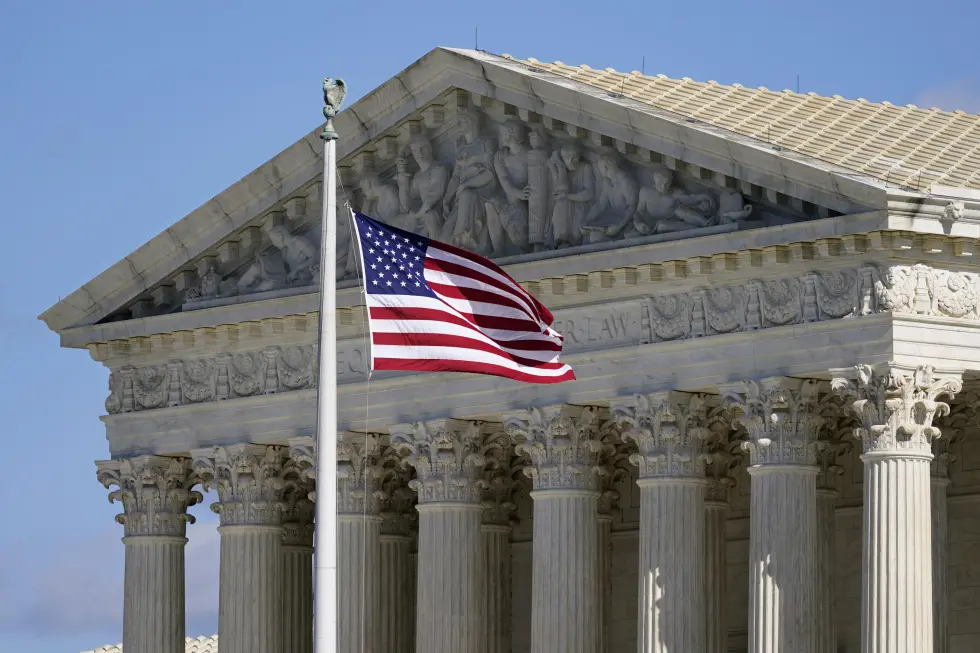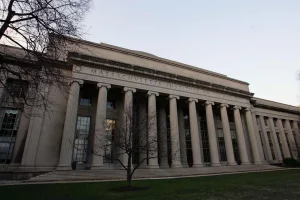- 21 February 2024
- 114
Courtroom Silence: Supreme Court’s Stand on Education Diversity

Introduction: A Turning Point for Educational Diversity
The Supreme Court’s recent refusal to review the admissions policy at Thomas Jefferson High School for Science and Technology. Marks a significant milestone in the ongoing efforts to promote diversity within educational settings. This decision has far-reaching implications, not just for the prestigious Virginia high school. But for educational institutions across the nation grappling with how to foster inclusive environments that reflect societal diversity.
The Heart of the Matter: A Controversial Admissions Policy
At the center of this legal and educational debate is a revised admissions policy implemented by Thomas Jefferson High School for Science and Technology. The school sought to eliminate socioeconomic and geographic barriers to admission by replacing. Its traditional admissions exam with an essay component and prioritizing applicants from a broader cross-section of schools. This move also aimed at enhancing diversity, sparked a contentious debate over whether such criteria indirectly discriminated. But against Asian American students, who had been highly successful under the previous admissions regime.
Legal Battles and Judicial Perspectives
A coalition of parents and students challenged the new admissions policy is alleging. it constituted racial discrimination. However, a lower court found no discriminatory intent behind the policy changes. And emphasizing the school’s legitimate interest in diversifying its student body. The Supreme Court’s decision to not hear the appeal effectively upholds this view.
And also leaving the lower court’s ruling intact. Notably, Justices Samuel Alito and Clarence Thomas dissented, arguing that the decision allows for discrimination against overrepresented groups under the guise of achieving diversity.
Broader Implications for Educational Institutions
This case unfolds against the backdrop of a larger national conversation about race, diversity. And equality in education. The Supreme Court’s stance signals to educational institutions the importance of navigating the delicate balance. Between achieving diversity and avoiding explicit racial considerations. Following a landmark ruling against race-conscious admissions in higher education. The schools and universities are now tasked with finding innovative ways to attract diverse student bodies without running afoul of legal restrictions.
The Role of Journalism in Shaping Public Discourse

The Guardian’s coverage of this case underscores the vital role of independent journalism in documenting and analyzing the complexities of such pivotal legal decisions. In a media landscape often dominated by polarized opinions and sensationalist reporting. The Guardian commits to nuanced, in-depth exploration of issues that shape our democratic society. With including the thorny questions surrounding educational policy and diversity.
Conclusion: The Path Forward in Educational Diversity
As the dust settles on the Supreme Court’s decision, educational institutions, policymakers. And communities must continue the challenging work of fostering inclusive environments that celebrate diversity. This case not only highlights the legal and ethical complexities inherent in admissions policies. But also emphasizes the need for ongoing dialogue, innovation. And also commitment to equity in education. The path forward requires a collaborative effort to ensure that our educational systems reflect the diversity of the society they serve, guided by principles of fairness and inclusivity.
In the end, supporting journalism that delves into these intricate issues with integrity and depth is crucial for informed public discourse. As we navigate the consequential news cycles of our times, the insights provided by outlets like The Guardian are invaluable for understanding the nuanced implications of legal decisions on education and beyond.

